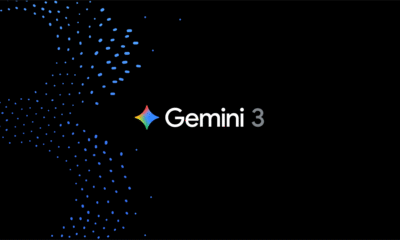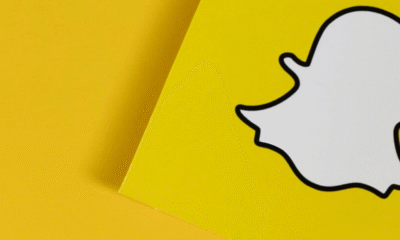News
Sturgeon Moon 2025: Why This August Full Moon Is Twice as Nice
Skywatchers, mark your calendars — the upcoming Sturgeon Moon is delivering a celestial treat unlike most full moons. On the evenings of August 8 and 9, 2025, viewers across North America will be able to witness not one, but two impressive moonrises — a rare double spectacle caused by perfect lunar timing and orbital mechanics.
While every full moon is technically a one-night event — peaking at a specific moment — the 2025 Sturgeon Moon will appear nearly identical on two successive evenings. Why? Because its peak occurs at 3:55 a.m. ET on Saturday, August 9, just a few hours after midnight. That means the August full moon will appear almost fully illuminated both on Friday and Saturday evenings, offering a back-to-back lunar showcase.
Why Two Nights?
Here’s where astronomy gets poetic. The moon rises roughly 50 minutes later each day, but that changes depending on the season. In August, the full moon rises at a shallower angle in the southern sky from the Northern Hemisphere, shrinking that difference to about 30 minutes. So, instead of catching the moon significantly later on the second night, it pops up around the same time during dusk — still large, bright, and glowing with that golden-orange hue we associate with full moonrises near the horizon.
In New York City, for example, the Sturgeon Moon will rise at 8:03 p.m. ET on August 8 and 8:32 p.m. ET on August 9 — both during twilight, when the fading sunlight creates the perfect backdrop.
View this post on Instagram
Why Is It Called the “Sturgeon Moon”?
The Sturgeon Moon gets its name from Native American traditions, especially from tribes living around the Great Lakes, where sturgeon — large, prehistoric-looking fish — were most easily caught during this time of year. The Anishinaabeg people call it the Wild Rice Moon, while others refer to it as the Green Corn or Grain Moon, according to NASA and the Center for Native American Studies
https://mybigplunge.com/news/strawberry-moon-2025-see-tonights-rare-lunar-display-during-major-standstill/.
How to See and Photograph It
No special gear is needed to enjoy the full moon, but a pair of binoculars or a backyard telescope can reveal stunning craters and shadows across the lunar surface. Want to capture it on camera? Try framing the moon with a landmark or landscape during moonrise for a breathtaking shot. Just remember to check your local moonrise time in advance.
The next full moon — the Corn Moon — rises on September 8, followed by a total lunar eclipse visible in parts of Asia and the Pacific. North Americans, however, will have to settle for another stunning moonrise.
Until then, enjoy this rare 2-night lunar encore — a glowing reminder of nature’s perfect timing.

































